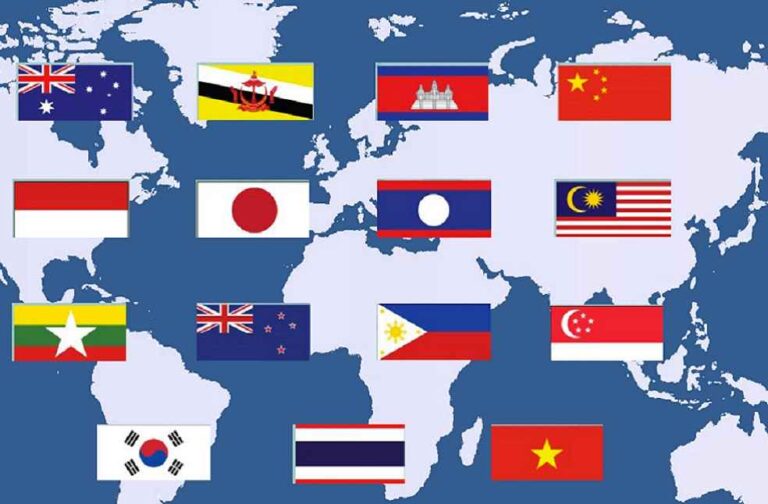According to Masahiro Morinaga, the Japan External Trade Organization’s chief delegate in Chengdu, the Regional Comprehensive Economic Partnership (RCEP) is playing a pivotal role in spurring regional economic unification and fortifying global trade and investment liberalization.
Recognized as the largest free trade pact worldwide, the RCEP has recently become fully operational for all 15 of its member countries. The pact gained its complete form when the Philippines, the last country, joined on June 2. This monumental step symbolizes a fresh epoch for the trade bloc, embracing the largest share of global population and trade volumes.
Morinaga emphasized that RCEP will notably enhance the region’s economic and trade growth by reducing tariff barriers among its 15 member states and ensuring adherence to collective guidelines pertaining to investment and trade. The member states collectively represent approximately 30 percent of the global total population, GDP, and trade volumes.
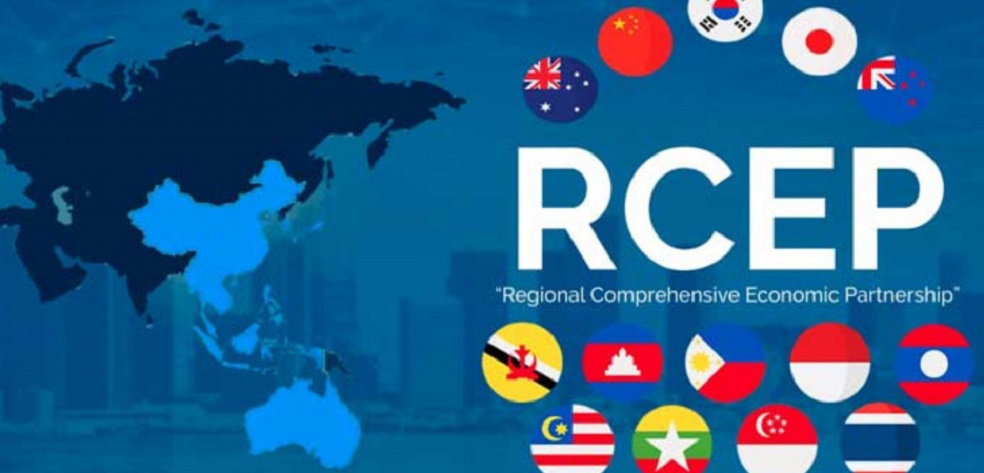
RCEP’s full deployment arrives at a critical juncture where international trade has been severely hindered by protectionist trends. This situation has arisen due to the restricted capacity of the World Trade Organization and other international bodies to fulfill their responsibilities, and the adoption of protectionist measures by the United States among others.
Morinaga asserts that the RCEP offers a unique opportunity for all parties to revert to the path of enhancing international cooperation with free trade as the ultimate objective. He further notes that the RCEP, by incorporating Japan and China, its most significant trading partner, within a unified free trade framework, promises considerable influence over trade with zero tariffs.
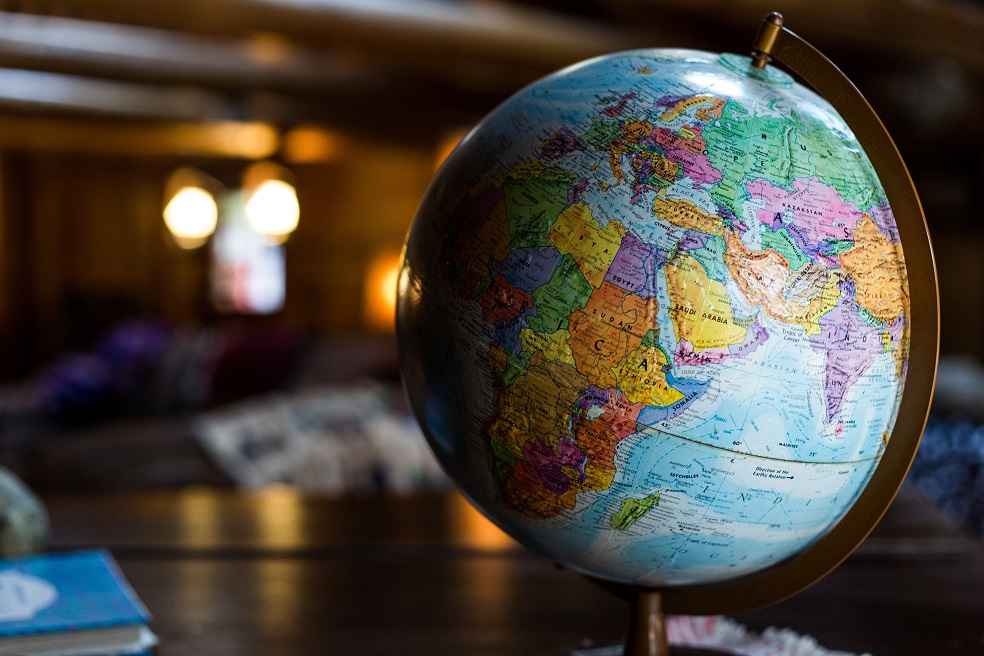
Foreseeing increased engagement of Japanese businesses in China via the RCEP, Morinaga pointed out the steady rise in such numbers as shown in a recent report by the Japan External Trade Organization. He contends that RCEP’s phased tariff reductions will diminish corporate expenses, stimulate business development, and foster prosperity and enhanced relations among countries.
Reflecting on the global economic scenario, Morinaga underscored the urgency for countries to abandon “decoupling” and conflict. Instead, countries should lean on the RCEP to bolster cooperation, cultivate a free and open trade system, and propel the world economy. He believes that the agreement has the potential to unearth new opportunities and serve as a significant advantage for the region and beyond.
What is RCEP: An Overview of the Regional Comprehensive Economic Partnership
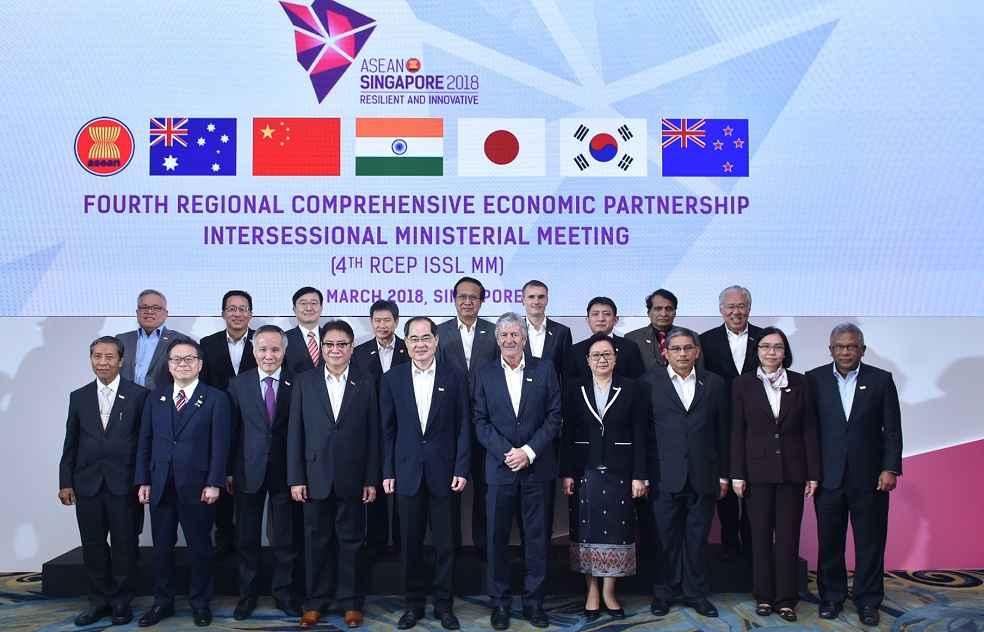
The Regional Comprehensive Economic Partnership (RCEP) is a landmark free trade agreement uniting 15 Asia-Pacific nations: Australia, Brunei, Cambodia, China, Indonesia, Japan, South Korea, Laos, Malaysia, Myanmar, New Zealand, the Philippines, Singapore, Thailand, and Vietnam. Collectively, these nations represent approximately 30% of the global population (2.2 billion people) and 30% of the world’s GDP ($29.7 trillion), making the RCEP the largest trade bloc in history.
Incepted at the 2011 ASEAN Summit in Bali, Indonesia, formal negotiations for the RCEP commenced at the 2012 ASEAN Summit in Cambodia. The partnership agreement, the first of its kind among Asia’s largest economies, was officially signed on 15 November 2020 at a virtual ASEAN Summit hosted by Vietnam. As of 1 January 2022, the pact took effect for the first ten countries that ratified the agreement.
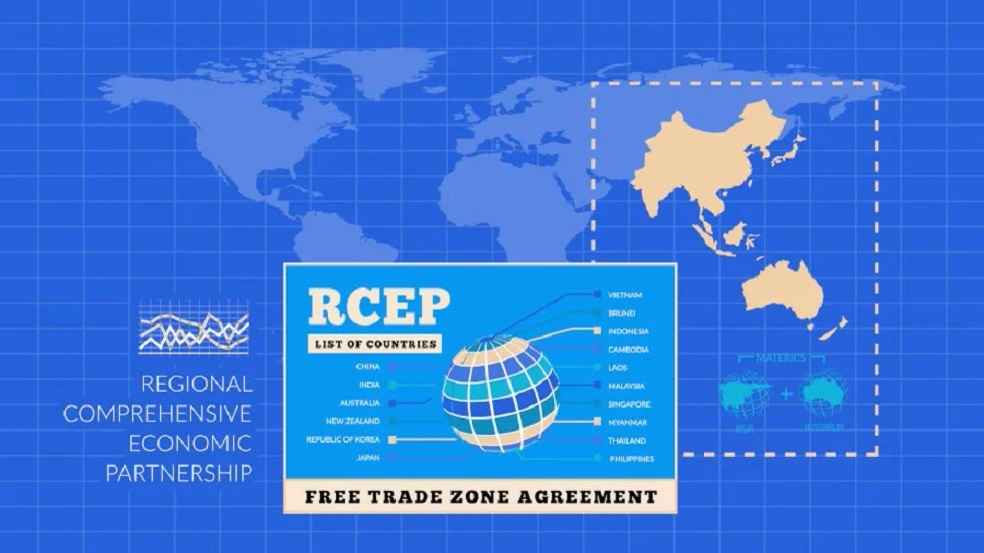
RCEP is unique in its inclusiveness, integrating high-income, middle-income, and low-income nations. It aims to eliminate about 90% of tariffs on imports between its signatories within 20 years of its enforcement and intends to establish common rules for e-commerce, trade, and intellectual property. The agreement is structured around four pillars – promotion, protection, facilitation, and liberalization – encompassing investment negotiations.
The RCEP agreement is designed to offer significant economic gains for member nations, boost post-pandemic economic recovery, and shift the economic center of gravity back towards Asia. Many analysts predict that China, as a member, could potentially lead in forming trade rules for the region. However, reactions to the RCEP have been mixed, with some analysts arguing that the economic benefits from the trade deal might be modest, and others critiquing its omission of labor, human rights, and environmental sustainability considerations.

The purpose of the RCEP, as stated in its charter, is to form a modern, comprehensive, high-quality, and mutually beneficial economic partnership. It is intended to facilitate the expansion of regional trade and investment, thereby contributing to global economic growth and development.
Notably, the RCEP is not an exclusive agreement. India, an early participant in the negotiations that chose to opt out, has an open invitation to join the bloc at any time. From 1 July 2023, any other country or separate customs territory in the region can accede to the RCEP pact, reinforcing its expansive, inclusive nature. This inclusivity underscores the RCEP’s commitment to fostering a free and open economic environment that benefits all.
DON’T MISS IT: War on Waste: Bans Unsold Fashion Destruction


